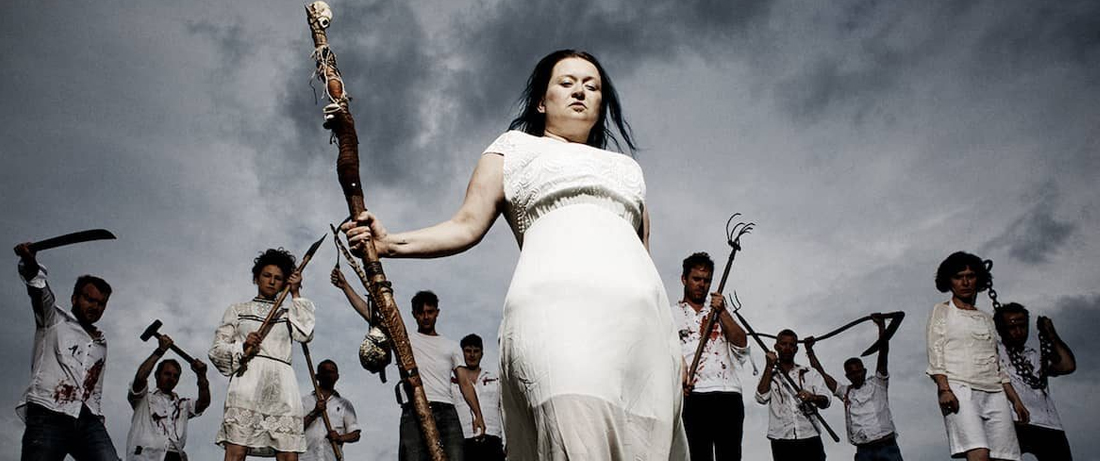
The guitar probably arrived in South Sfrica with Portuguese or Arab sailors back in the 16th century, but it only started to enter vernacular African traditions in the late 19th century. The discovery of gold and diamonds in South Africa at that time brought large numbers of African workers from all parts of the country – all looking for new forms of expression and relaxation. Music previously played on Zulu musical bows was transferred in the new urban environment to the guitar and often concertina and violin too. the music was called maskanda. 

Musicians played for their own enjoyment, but they also joined miners’ gumboot dance teams to accompany this exhilarating genre. Often lacking in formal performance areas, most of this music-making traditionally takes place on the streets of single-sex hostel compounds. These recordings from 1988 and 1996 feature musicians and gumboot players who live in one such hostel outside Durban.
“Exciting, rough and ready grooves” BBC Radio 2 World Music Reviews
“This is the real deal, street music played by people who work hard all day and play at night or on the weekend. The real roots of South Africa umbaquanga music are right here. There’s a variety of sound on Gumboot Guitar as far as instruments are concerned: on gumboot-dominated tunes, the guitar plays rhythmic chords with a very percussive attack. A pounding beat is also belted out by an accordion or concertina on most tunes, powerful.” Worlddiscoveries.net
Recordings by Janet Topp Fargion & Albert Nene.
1 Kam and kossetina (comb and concertina)
2 Blanket’s guitar solo
3 Ma wenobba (Mother and Father)
4 Gumboot 1993
5 Guitar and kossetina
6 Gumboot
7 Ibhanoyi (Aeroplane)
8 Gumboot 1996
9 Albert Nene’s guitar solo – part 1
10 Albert Nene’s guitar solo – part 2
